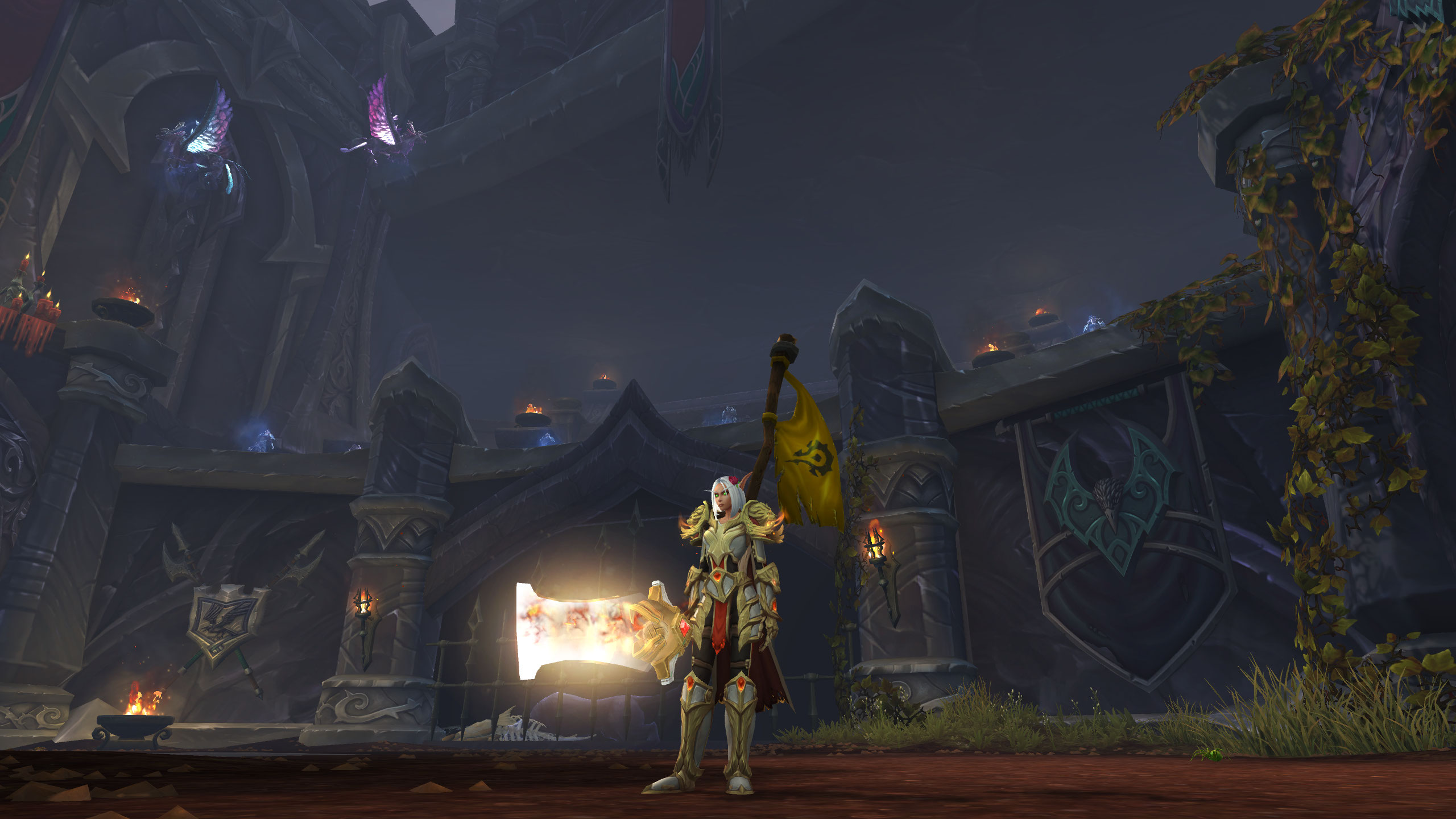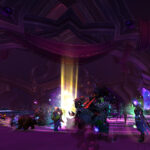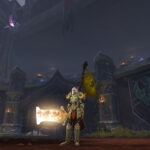WoW PvP Basics: How to Win Your First Arena Match
Introduction
Stepping into your first PvP arena match in World of Warcraft can be both exciting and nerve-wracking. Arena combat is fast-paced, requires strong coordination, and punishes mistakes quickly. Unlike random battlegrounds, arenas demand understanding of class matchups, communication, and reactive gameplay. But you don’t need to be a gladiator-level player to succeed. With the right mindset, preparation, and awareness, your first arena victory is absolutely within reach. This guide covers essential basics — from setting up your UI to reading the enemy team — so that when the gates open, you’re confident and ready to perform. Whether you’re queuing with a friend or jumping into solo shuffle, these fundamentals will give you a serious edge.
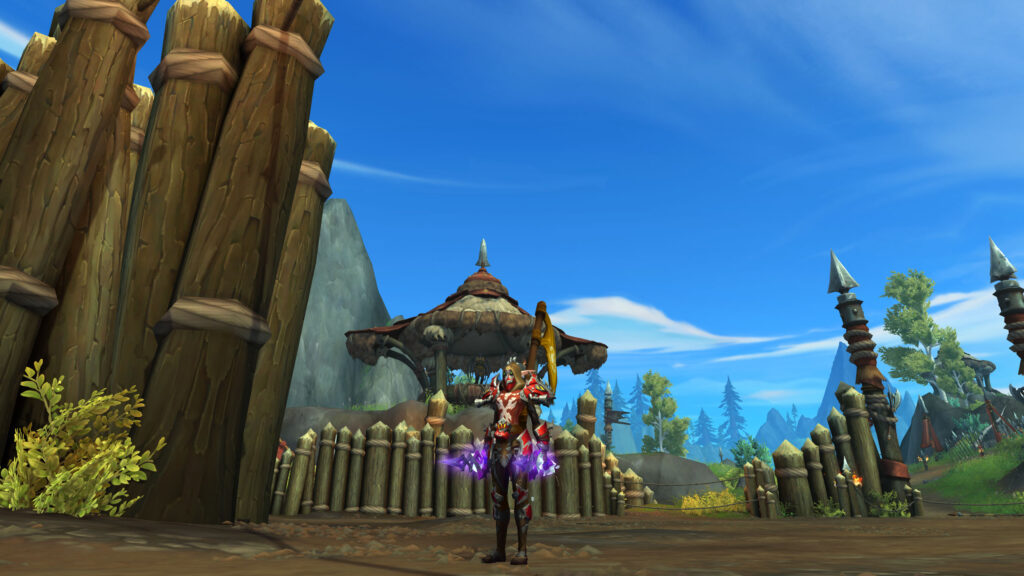
1. Know Your Class and Toolkit
Before you even queue, take time to fully understand your class’s PvP abilities. Knowing your rotation is only part of it — what’s more important is understanding your crowd control, defensives, mobility tools, and interrupts. PvP talent trees offer unique skills that don’t exist in PvE, and many of these can turn the tide of a fight when used at the right time. If you’re playing a DPS, you’ll need to time your burst windows and coordinate them with your partner. If you’re healing, your positioning and cooldown usage are everything. Take your class into duels or battlegrounds first to build muscle memory. You don’t need to be perfect — just competent enough to survive and contribute consistently. The better you understand your buttons, the more natural your reactions will become in the chaos of a live match.
2. Set Up Keybinds and UI for PvP
A cluttered or inefficient UI can cost you fights before they even begin. In PvP, where milliseconds matter, having clean keybinds and quick access to your most important abilities is crucial. Use mouseover macros for crowd control or healing spells, especially if you’re playing a class like Priest or Druid. Arena-specific addons like Gladius or sArena give clear enemy unit frames, trinket tracking, and DR timers. Also consider adding Omnibar for enemy cooldown tracking and BigDebuffs for visual clarity on CC. Place your focus target frame somewhere visible, and bind focus CC (like Focus Kick or Focus Polymorph) for fast reactions. Adjust your UI so it supports your awareness — not overwhelms it. The best players aren’t clicking around the screen; they’re reacting fast with tight keybinds and excellent visual flow.
3. Understand Positioning and Line of Sight
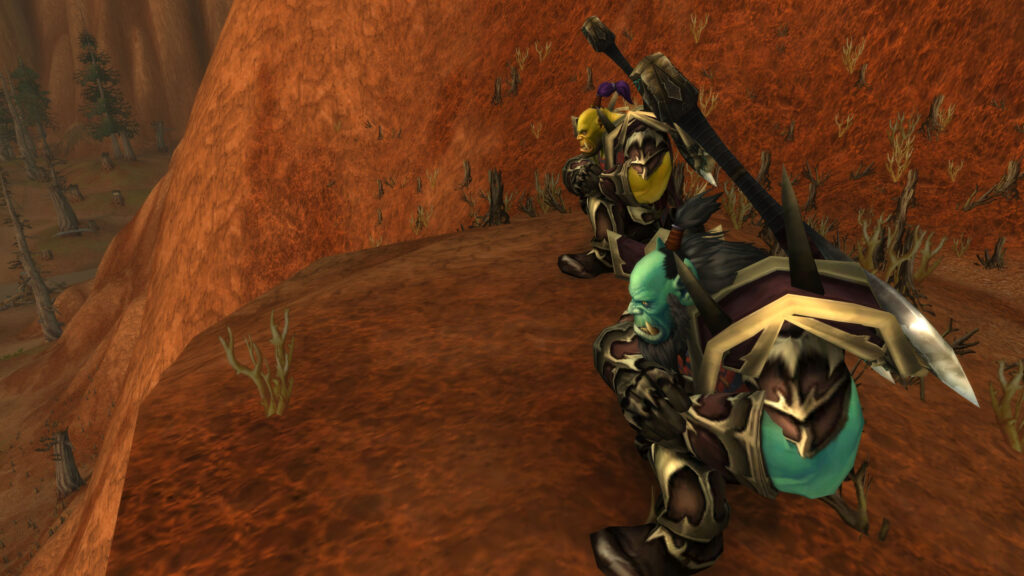
Proper positioning is the difference between winning and losing in most arena matches. Knowing when to push, when to retreat, and when to break line of sight is a skill built with experience — but the basics can be learned right away. Healers should always use pillars and terrain to avoid crowd control and incoming damage, moving predictively rather than reactively. DPS need to stay in range of both enemies and allies, ready to peel or burst as needed. Don’t tunnel vision — always be aware of where your teammates are. Standing in the open is a common beginner mistake, especially against ranged CC like Polymorph or Fear. Use your environment intelligently, and you’ll take less damage while forcing your opponents into bad positions. Smart movement alone can swing a fight before anyone dies.
4. Communicate with Your Partner
Even basic communication can drastically improve your arena results. If you’re using voice chat, call out cooldowns, CC chains, and kill targets. Let your partner know when you’re using big damage or need help. If you’re not using voice, type short alerts like “stun priest > go hunter” or “used trinket.” Timing crowd control in sync with burst damage is one of the biggest advantages coordinated players have. Don’t waste stuns or silences randomly — make them count by layering them properly. If you’re playing solo shuffle, be respectful and cooperative in the short breaks between rounds. Even a single sentence like “I’ll trap healer, go warrior” can set the tone for a smoother fight. Arena is about cooperation — and that starts with communication.
5. Common Mistakes and How to Avoid Them
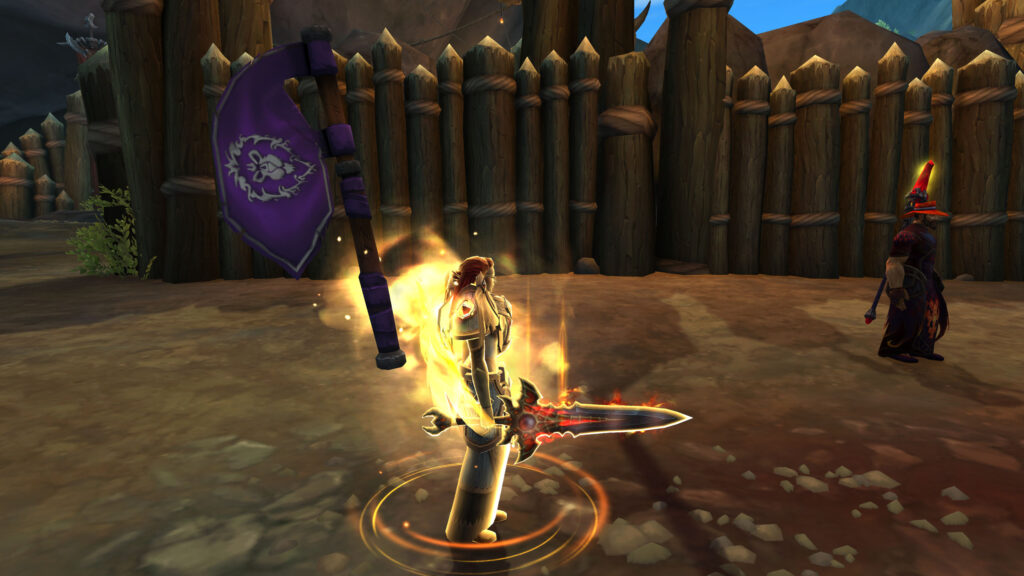
Most new arena players fall into predictable traps. Overextending without defensives ready, tunneling one target while ignoring CC chains, or forgetting to use healthstones and cooldowns until it’s too late are all common errors. One of the biggest mistakes is not watching the enemy — knowing what your opponent can do is just as important as knowing your own abilities. Track trinket cooldowns, major damage abilities, and crowd control immunities. Don’t panic and stack defensives — spreading out cooldowns wisely is how you survive pressure. Also, never chase behind a pillar blindly; many fights are lost to poor movement rather than bad DPS. Review your matches using the replay tool or recording software to spot habits that are hurting your play. Every mistake is a learning opportunity.
Starter Compositions for Beginners
| Composition | Role Focus | Why It Works |
|---|---|---|
| Hunter + Healer | Control + Consistent Damage | Easy CC rotation and high uptime |
| Ret Paladin + Warrior | Double Melee Pressure | High burst and defensive layering |
| Shadow Priest + Rogue | CC Chains and Rot Pressure | Strong openers and control windows |
Conclusion
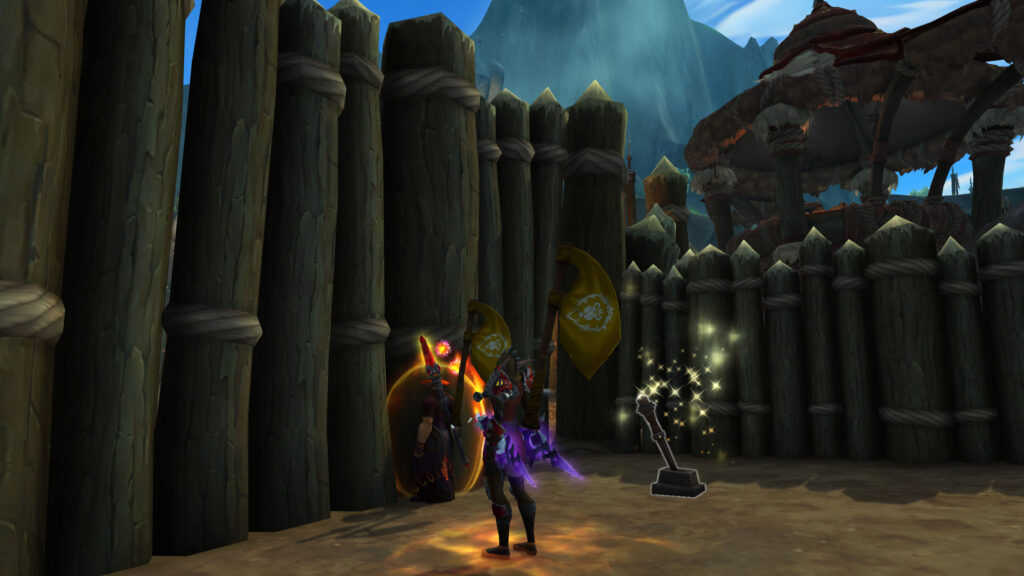
Winning your first arena match in World of Warcraft isn’t about perfection — it’s about fundamentals. Know your class, prepare your UI, position intelligently, and communicate clearly. You’ll learn more with each fight, especially if you reflect on what worked and what didn’t. Arena PvP rewards awareness, coordination, and mechanical growth. The learning curve is steep, but the excitement of outplaying your opponents is worth the effort. Start simple, stay positive, and celebrate small improvements. With time, you’ll go from “just trying PvP” to feeling confident with every queue. The arena gates are waiting — step in and make your mark.
